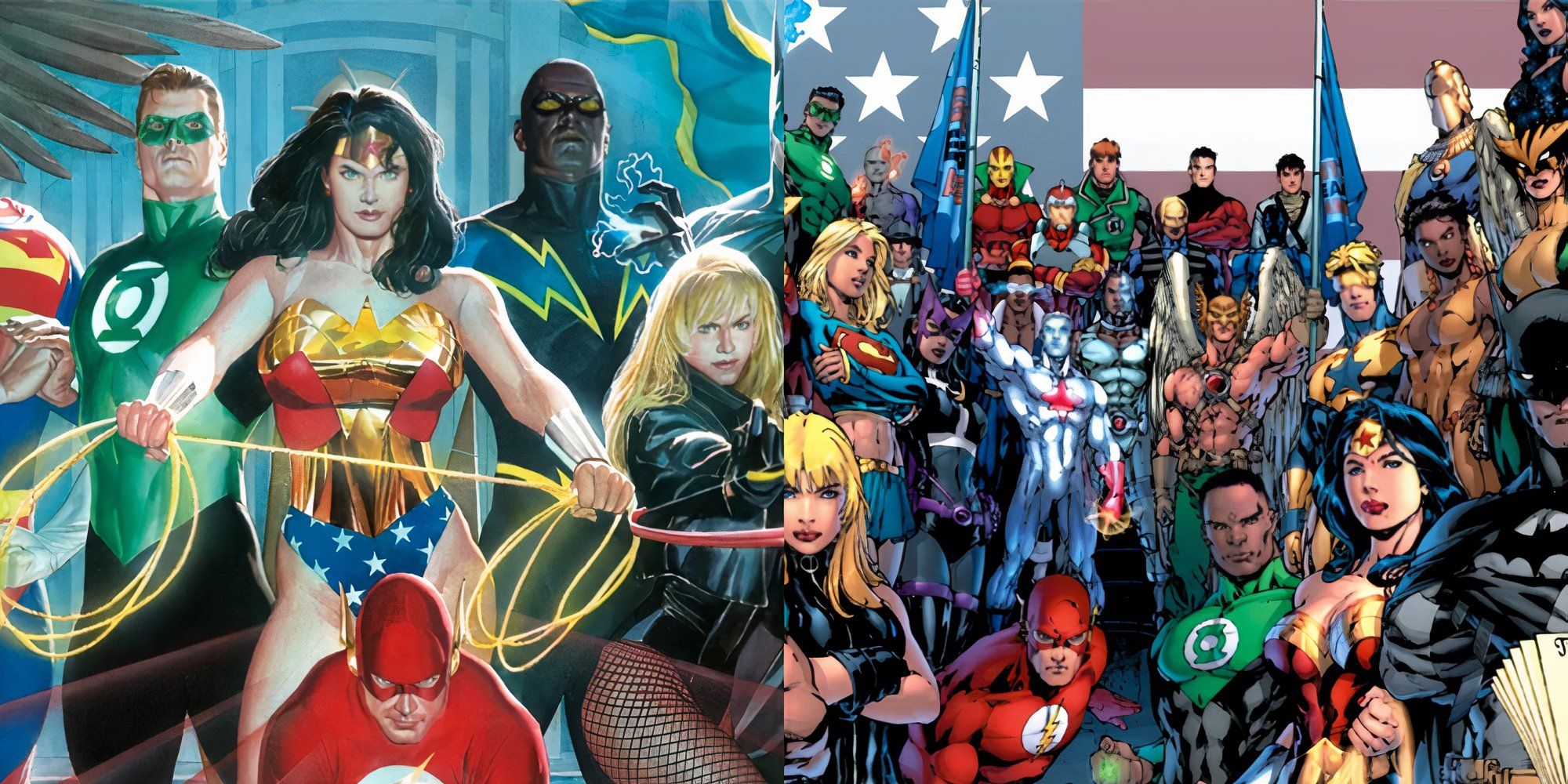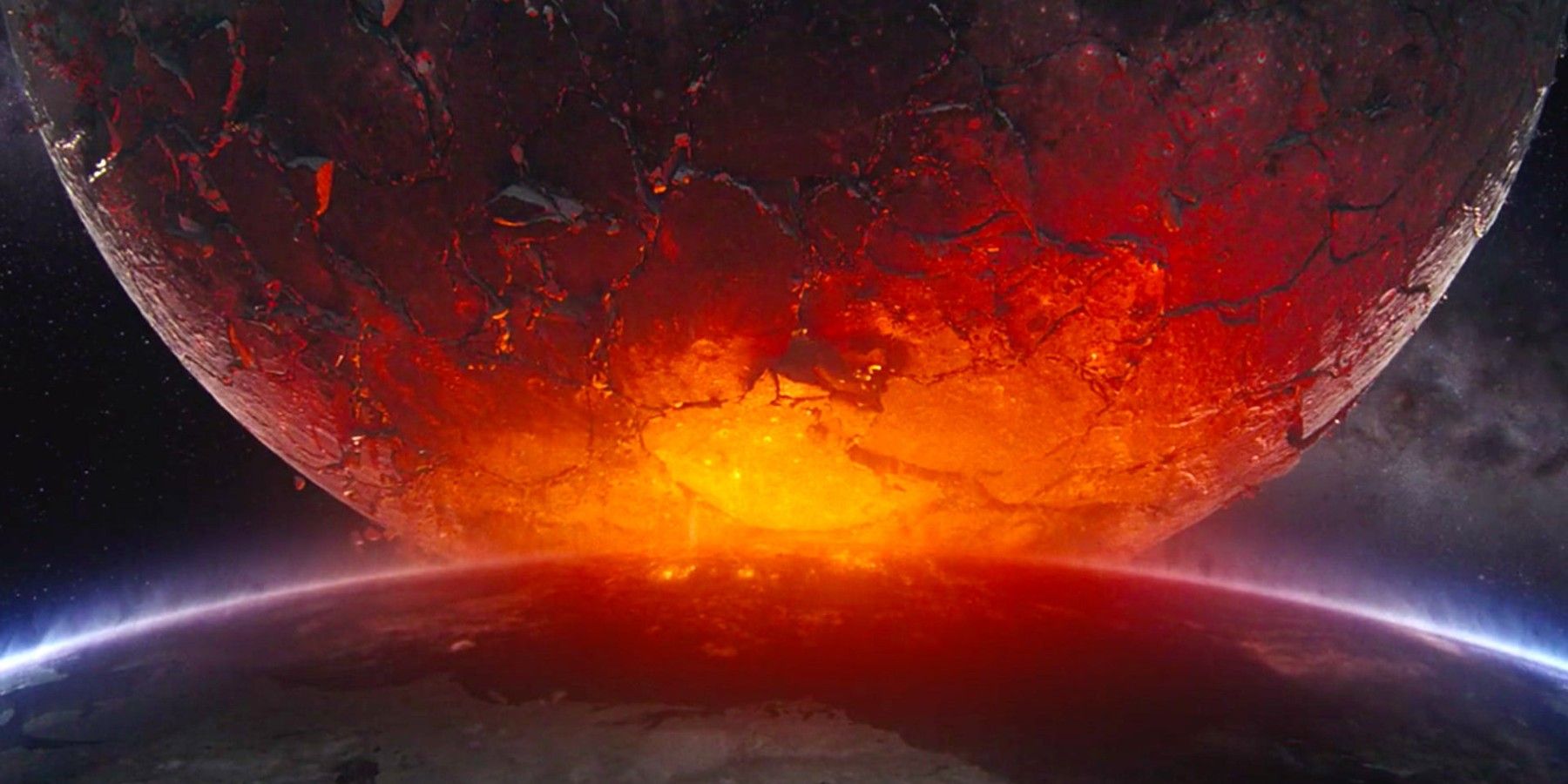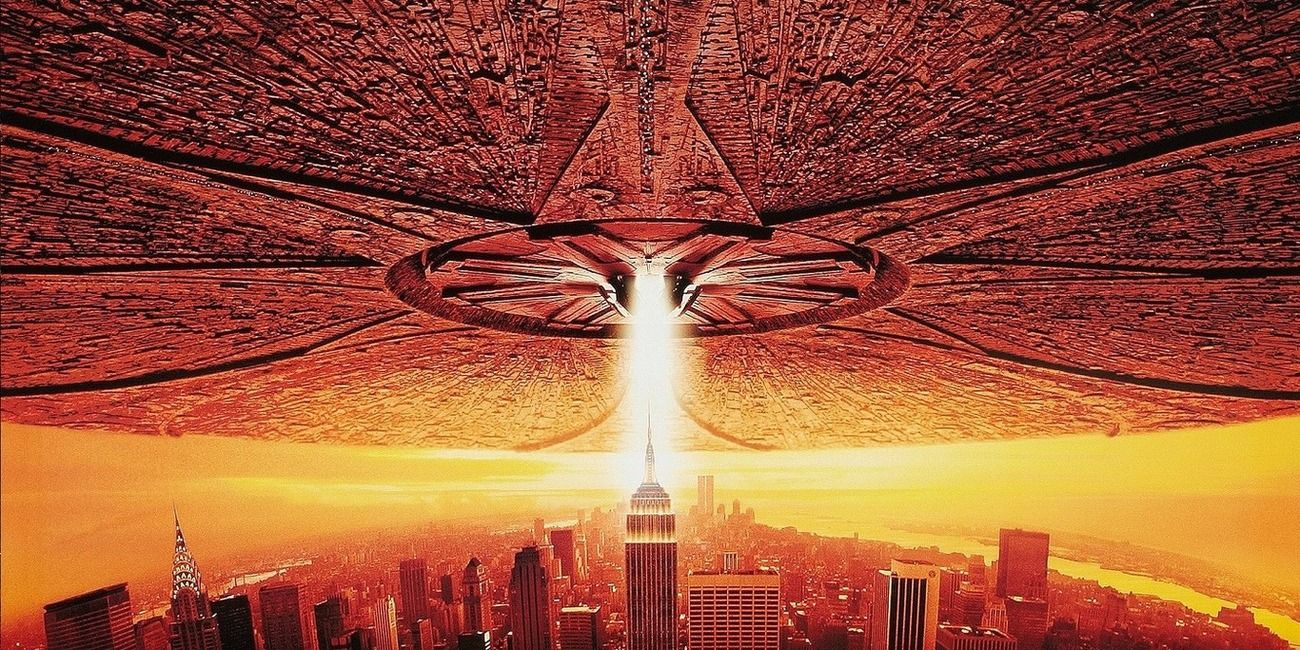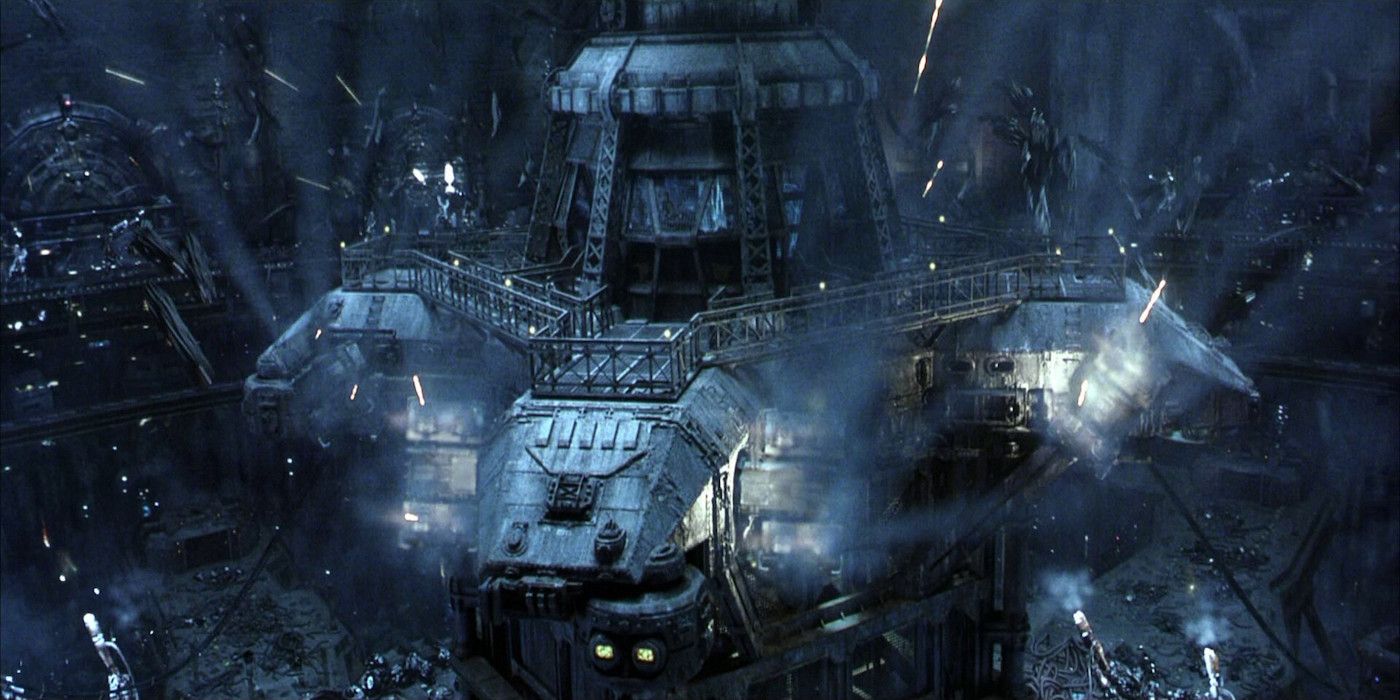Moonfall is Roland Emmerich’s later exploration of the “big building and cities blowing up” genre that is disaster movies. Several of Emmerich’s latest films have fallen into this genre known for large-scale destruction and lately extensive CGI work. While this is a fairly clearly defined genre, there are many who disregard these films as standard, boring fare that are too easy to make. This last moniker is understandable on the surface, however, it doesn’t give this genre enough credit. There are large teams behind these disaster movies, and a lot of effort goes into making sure they look as good as they do.
Moonfall was first announced with Roland Emmerich writing and directing back in 2019. The budget was set at $140 million, making it one of the most expensive independent films in history. Casting took place over the course of 2020, with several changes having to be made due to COVID restrictions not allowing some actors to travel to set. Filming began in late 2020 and through 2021. The film begins in space with a crew of astronauts working on a satellite that is attacked by some strange space entity. Following this, scientists notice that something has knocked the Moon off-course and it is now on a collision course with Earth. The changes in gravity cause mass-scale destruction on Earth, and launches a mission to discover what secrets the Moon actually holds.
Rolan Emmerich is known for showcasing large-scale destruction with some of his earliest examples being Independence Day and 1998’s Godzilla. One of the earliest works that launched Emmerich’s career was 1994’s Stargate starring Kurt Russell and James Spader. The unexpected massive success of Stargate then led to Emmerich’s follow-up film, Independence Day, also finding massive success. That film was the first film in history to gross over $100 million in less than a week.
As studios saw that audiences were extremely interested in devoting their time and money towards watching awesome scenes of destruction, the disaster genre began to take off. What started off as more simple events such as tornadoes or floods, quickly evolved into ways that the genre could one-up itself. It didn’t take long before nearly every disaster film was coming up with some explanation for massive scenes of destruction.
Many early destruction scenes, such as those seen in Independence Day, were done mostly practically with scaled-down models. This was often very realistic and effective, with many early trailers solely featuring the iconic shot of the White House being destroyed. With time and advances in technology, many of these shots were transitioned into CGI to save time and money. Despite the running theory that CGI is an easy way out for directors, this is not actually the case.
The software around creating massive destruction scenes has certainly come a long way, with a lot of options offering physics simulations that can simulate everything from how a building falls apart depending on material to how water should flow. This as well, makes it sound as though many of these destruction scenes are simply plug-and-play. However, many of these simulations simply provide the framework, and thinking it’s simply a press of a button disregards the immense amount of work that goes into creating a finalized shot.
These simulations may often get the destruction to look accurate, however, that doesn’t mean it always looks cinematic. Having a building fall in such a way as to allow a plane to fly through will probably look more interesting than it simply falling straight down. This is something VFX artists have to keep in mind when they’re creating a given scene, and they have to make a lot of adjustments after the fact to best fit the director’s vision.
Following this work, comes the visual artists. These people get to work ensuring every inch of detail on the 3D models is accurate down to how windows reflect or rocks chip. The better they are at their job, the more realistic the final shot will look. The idea that audiences aren’t immediately pulled out of a film when they begin witnessing massive scenes of destruction and are instead pulled in is a testament to how talented these visual artists are. Some of their most impressive works are those that go unnoticed by audiences, with the only telltale signs being elements that are obviously false such as a city being wiped out.
At the end of the day, these movies may seem simple in terms of story, but the work behind them is anything but. These movies are massive works of art created by large teams of dedicated artists to create a final visual masterpiece. The stories aren’t always for everyone, but they don’t necessarily need to be more than a reason to showcase the talents of these artists. It’s time their effort stops being disregarded and starts being recognized as the art that it is.
Moonfall will release in theaters on February 4th, 2022.






